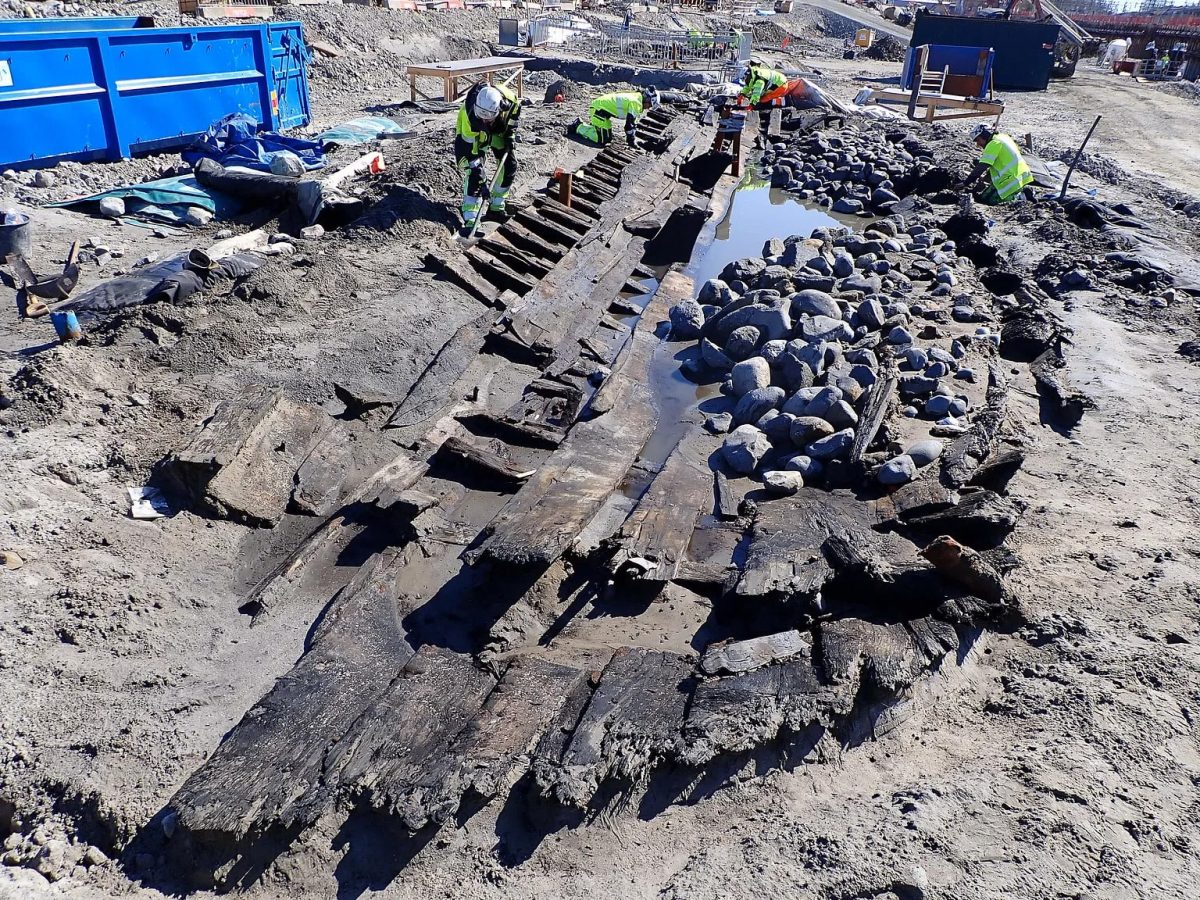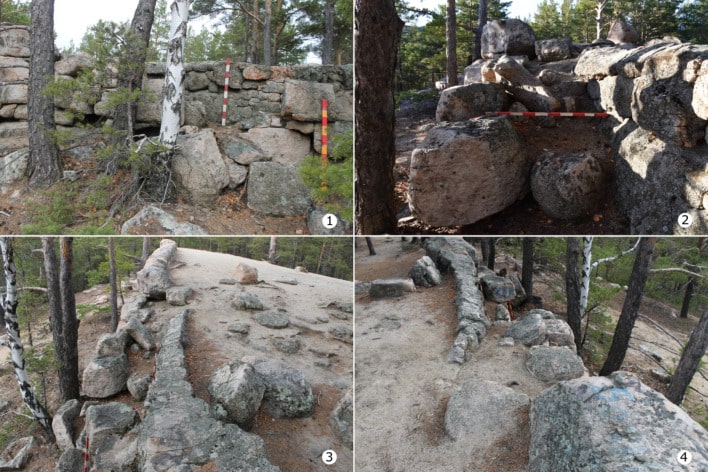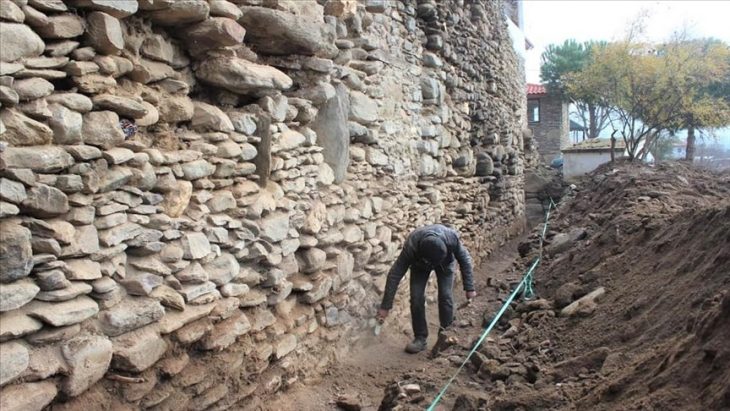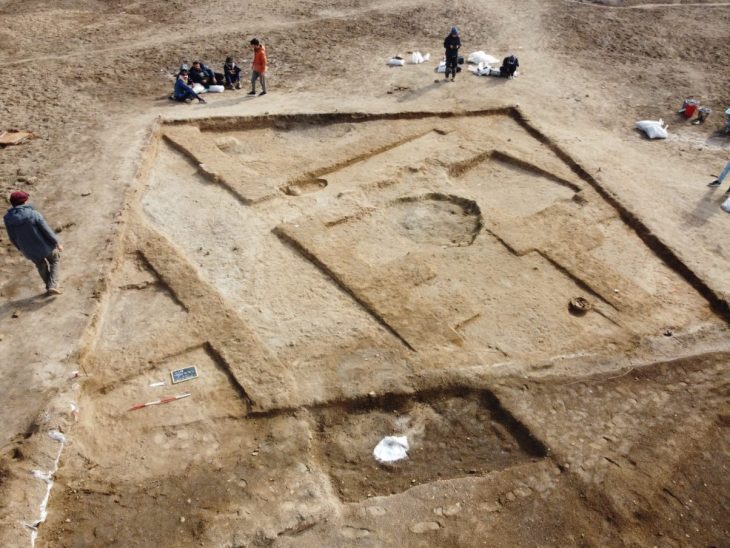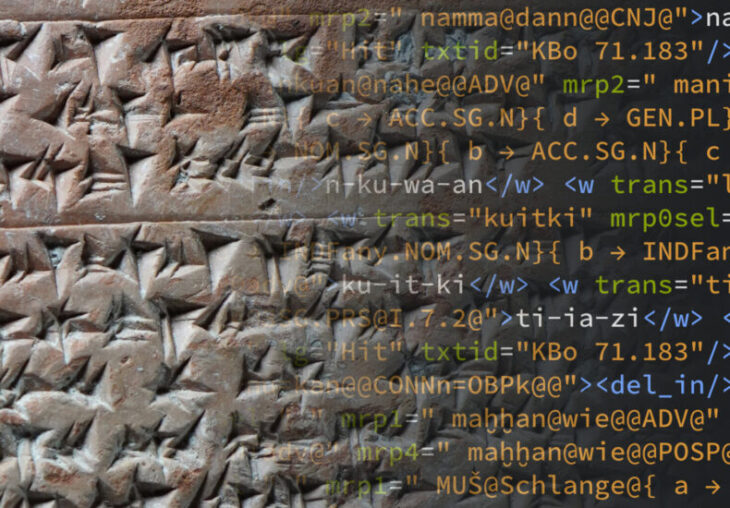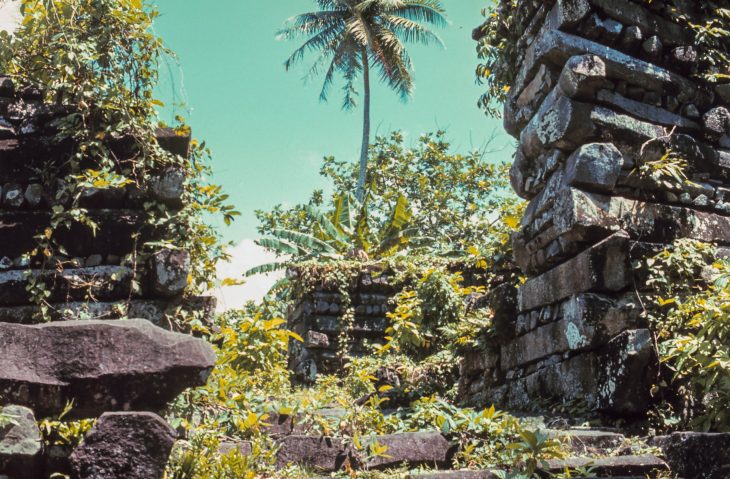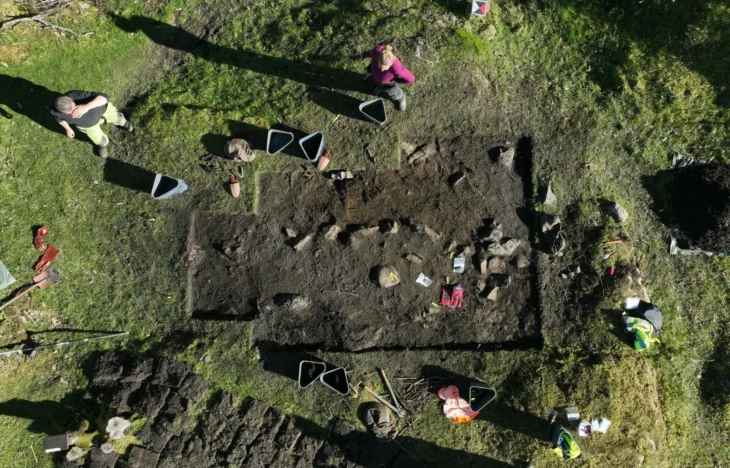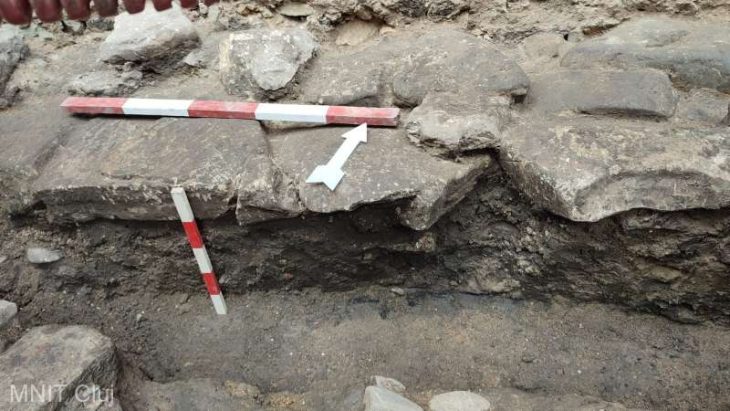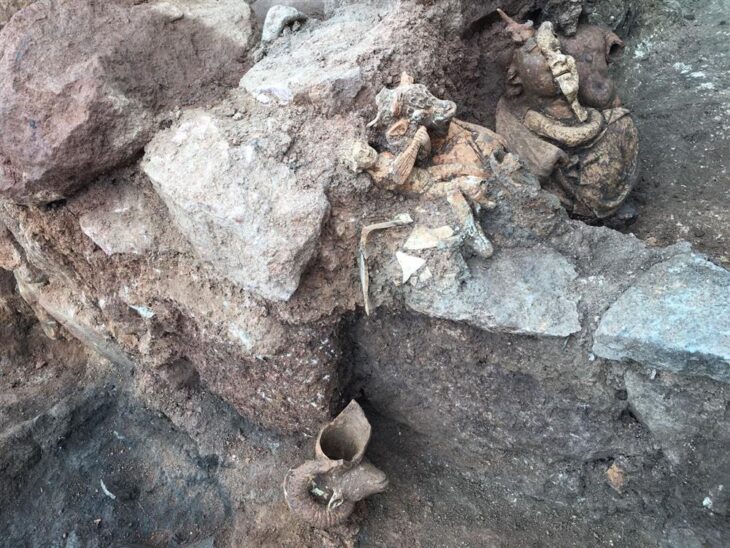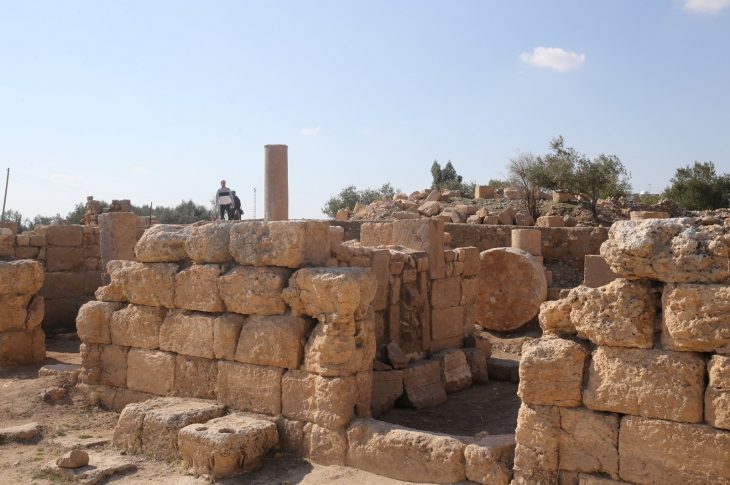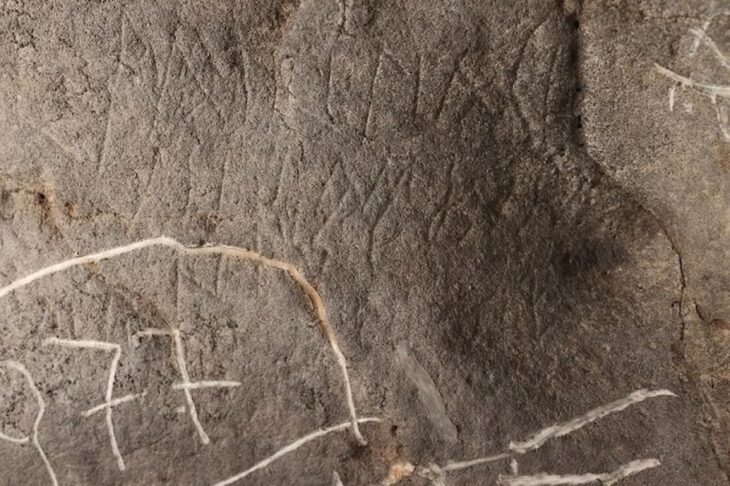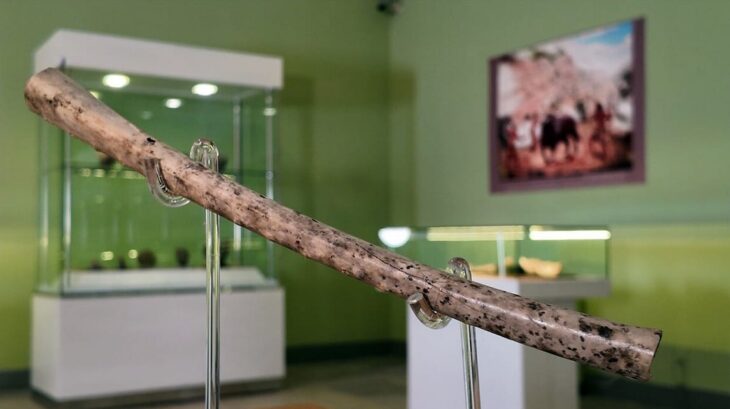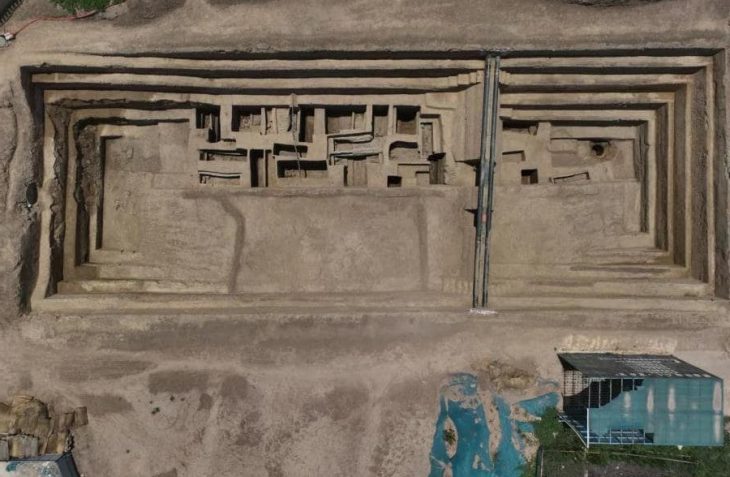During an archaeological dig in western Sweden this summer, the remains of two medieval merchant vessels known as cogs were discovered. Analyses show that the ships were built outside of Scandinavia in the mid-14th century.
The cogs were discovered by a team from Arkeologerna, which is part of the National Historical Museums of Sweden, during the construction of a railway tunnel in the town of Varberg.
Named Varbergskoggen 1 and Varbergskoggen 2, the first consists of the nearly complete port side that is about 20.5 meters long and 5 meters wide. The remains of the second ship are the forward end of the bottom of the hull, roughly 8 meters in length and 4.5 meters in width.
Elisabet Schager, archaeologist and project leader of the excavation say: “These wrecks are a very special discovery, both in Sweden and abroad, so it has been fantastic to find them. Before these two wrecks were discovered, only 7 other cogs were known in Sweden, and only around 30 are known in the whole of Europe.”
The first dendrochronological (tree-ring dating) samples show that Varbergskoggen 1 was constructed with lumber felled after 1346 in what is now the Netherlands, Belgium, and north-eastern France, while the smaller Varbergskoggen 2 was constructed with oak felled between 1355 and 1357 in northern Poland.
📣 Our WhatsApp channel is now LIVE! Stay up-to-date with the latest news and updates, just click here to follow us on WhatsApp and never miss a thing!!
These results suggest that both vessels were in foreign waters, a long way from home, when they ultimately disappeared beneath the waves.
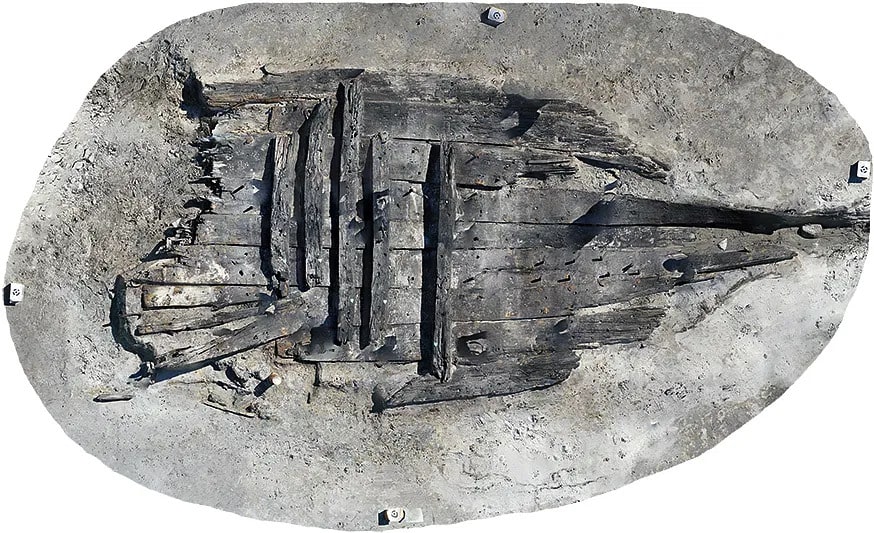
Cogs were medieval single-masted transport vessels that are often associated with the Hanseatic League but were also used across the whole of Northern Europe. Often seen as the successor the Viking Age Knarr, cogs were designed to maximize cargo space.
Several construction details were noted during the excavation of the wrecks, all of which are characteristics identifiable with traditional cog construction. For example, the bottom strakes of the vessels were built in the carvel style, while the sides are built in the more traditional clinker style. Furthermore, the caulking between the strakes was made with moss and secured with lathes. Also, the decks were supported with bulky crossbeams which stuck out the sides of the hull.
Archaeologists have also discovered a variety of fascinating artifacts in the wrecks, such as leather shoes and wood and ceramic housewares. A rare cache of ship equipment and reserve parts were discovered aboard Varbergskoggen 1 (Varberg Cog 1, the larger of the two), protected from wreck plunderers by a pile of ballast stones.
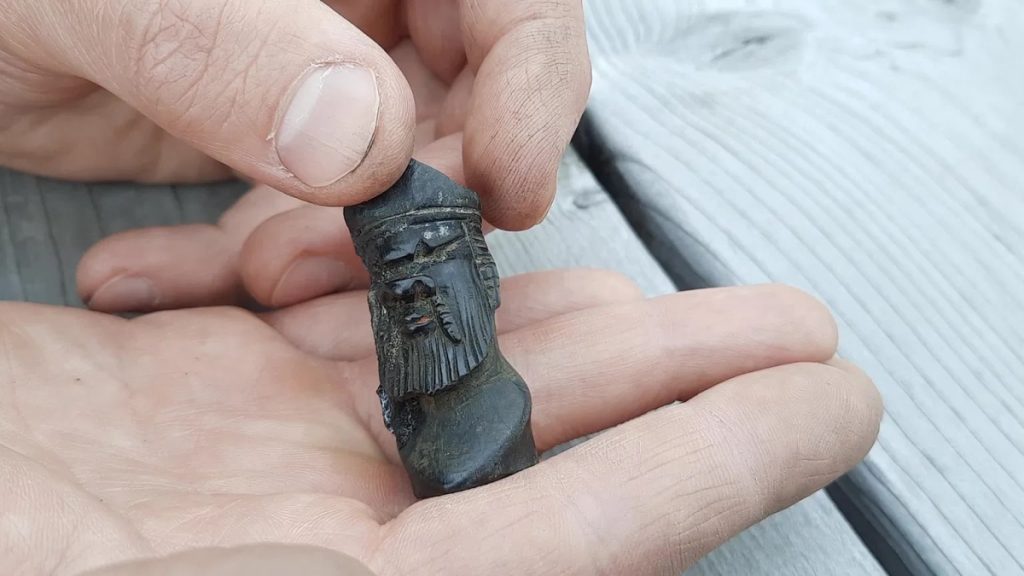
According to Schager the finds gives a detailed account of life at sea.
“We have a lovely assortment of personal objects that represent parts of the crew’s daily routines, like wooden bowls and spoons. A number of barrel lids, some of which have what appears to be maker’s marks carved in them, were also unearthed among the wreckage. We have collected and are analyzing soil samples as well, which will hopefully be able to identify the remnants of food and/or cargo. We will even search for parasitic remains, which could identify if animals were kept onboard, and if so, which species. We hope to be able to piece together where the cogs’ fateful journey originated, and where they were headed.”
The cause of the sinking of the cogs is still not clear.
“Once we have cleaned every timber from the wrecks, and critically analyzed them, we will hopefully be able to get to the bottom of the mystery. The information we could gather from the initial excavation is that the larger Varbergskoggen 1 had rolled onto its port side in shallow waters while it was still rigged”, says Schager.

